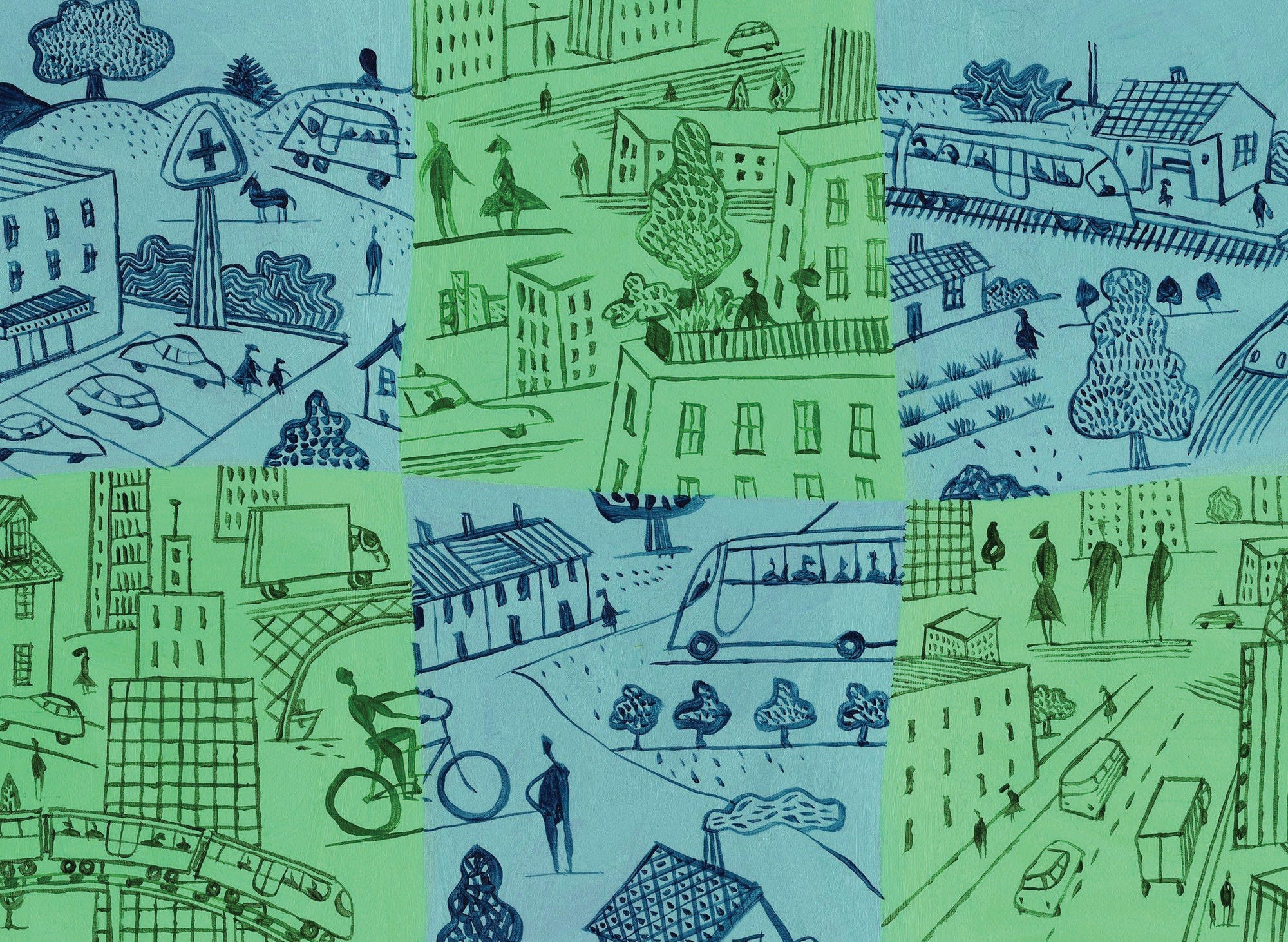The maturing economic recovery from the global financial crisis has coincided with signs of a more widespread decrease in economic disparities within countries. Between 2000 and 2007, regional disparities within countries had increased. At the same time, low-income countries were catching up economically. This resulted in a situation – at the beginning of the global financial crisis – where disparities within countries surpassed those between countries. This trend has reversed since 2011, with disparities within countries falling significantly, especially in the last few years. The reversal occurred first in non-European countries, spreading only more recently to Europe where economic recovery had been delayed. In spite of these welcome improvements, regional disparities remain high in several respects.
During these different phases, capitals and metropolitan areas – the latter being urban agglomerations of at least 500 000 inhabitants – have continued to be highly attractive places for business and people alike. Metropolitan areas have increased their population by 0.75% per year since 2000 and now account for about 60% of national GDP. They also tend to have higher proportions of migrants and higher rates of innovation and firm creation.
Although we have recently seen a narrowing in differences between regions, many places that were already lagging behind in 2000 are still struggling to catch up with the more prosperous areas in their country. For example, the most productive region within a given OECD country is on average twice as productive as the least productive one and differences in job opportunities also remain substantial. Another problem is that, with subnational governments investing less than in the past, the capacity to maintain good infrastructure and public services is likely to be increasingly challenging in numerous regions.
This report provides a comprehensive assessment of how regions and cities fare in their efforts to build stronger economies, higher quality of life for their citizens, and foster more inclusive societies. It offers a comparative picture of trends in spatial productivity, economic growth, entrepreneurship, and well-being across regions and cities in the OECD and in selected non-member countries. It puts special emphasis on spatial inequalities, such as differences in income and opportunities, the integration of migrants in OECD regions, as well as on gender gaps in several well-being dimensions at the regional level.








